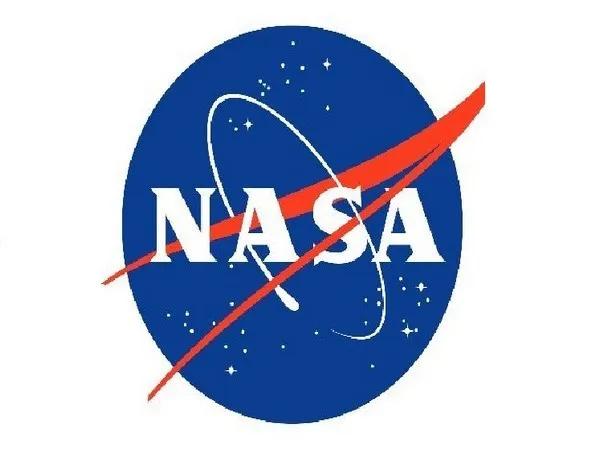Washington: National Aeronautics and Space Administration (NASA) has announced that their scientists have evidence of a polar cyclone on Uranus. The announcement was made after examining radio waves emitted from the ice giant.
The findings have revealed broad truth about all planets with substantial atmospheres in the solar system. Scientists have long known that Uranus' south pole has a swirling feature.
"In a first, NASA scientists have strong evidence of a polar cyclone on Uranus. By examining radio waves emitted from the ice giant, they detected the phenomenon at the planet's north pole. The findings confirm a broad truth about all planets with substantial atmospheres in our solar system: Whether the planets are composed mainly of rock or gas, their atmospheres show signs of a swirling vortex at the poles," NASA said in the press release.
NASA's Voyager 2 imaging of methane cloud tops showed winds at the polar center spinning faster than over the rest of the pole. Voyager's infrared measurements observed no temperature changes. However, the new findings published in Geophysical Research Letters have revealed it.
"Using huge radio antenna dishes of the Very Large Array in New Mexico, they peered below the ice giant's clouds, determining that the circulating air at the north pole seems to be warmer and drier - the hallmarks of a strong cyclone. Collected in 2015, 2021, and 2022, the observations went deeper into Uranus' atmosphere than any before," NASA said in the press release.
"These observations tell us a lot more about the story of Uranus. It's a much more dynamic world than you might think," lead author Alex Akins of NASA's Jet Propulsion Laboratory in Southern California in a press release said, adding, "It isn't just a plain blue ball of gas. There's a lot happening under the hood."
Uranus is showing off more these days due to the planet's position in orbit. It's a long haul around the solar system for Uranus, taking 84 years to complete a full lap and for the past few decades, the poles weren't pointed toward Earth. Since about 2015, scientists have had a better view and have been able to look deeper into the polar atmosphere. (ANI)
NASA scientists make observation of a polar cyclone on Uranus
 T
TMay 24, 2023, 06:39 AM
